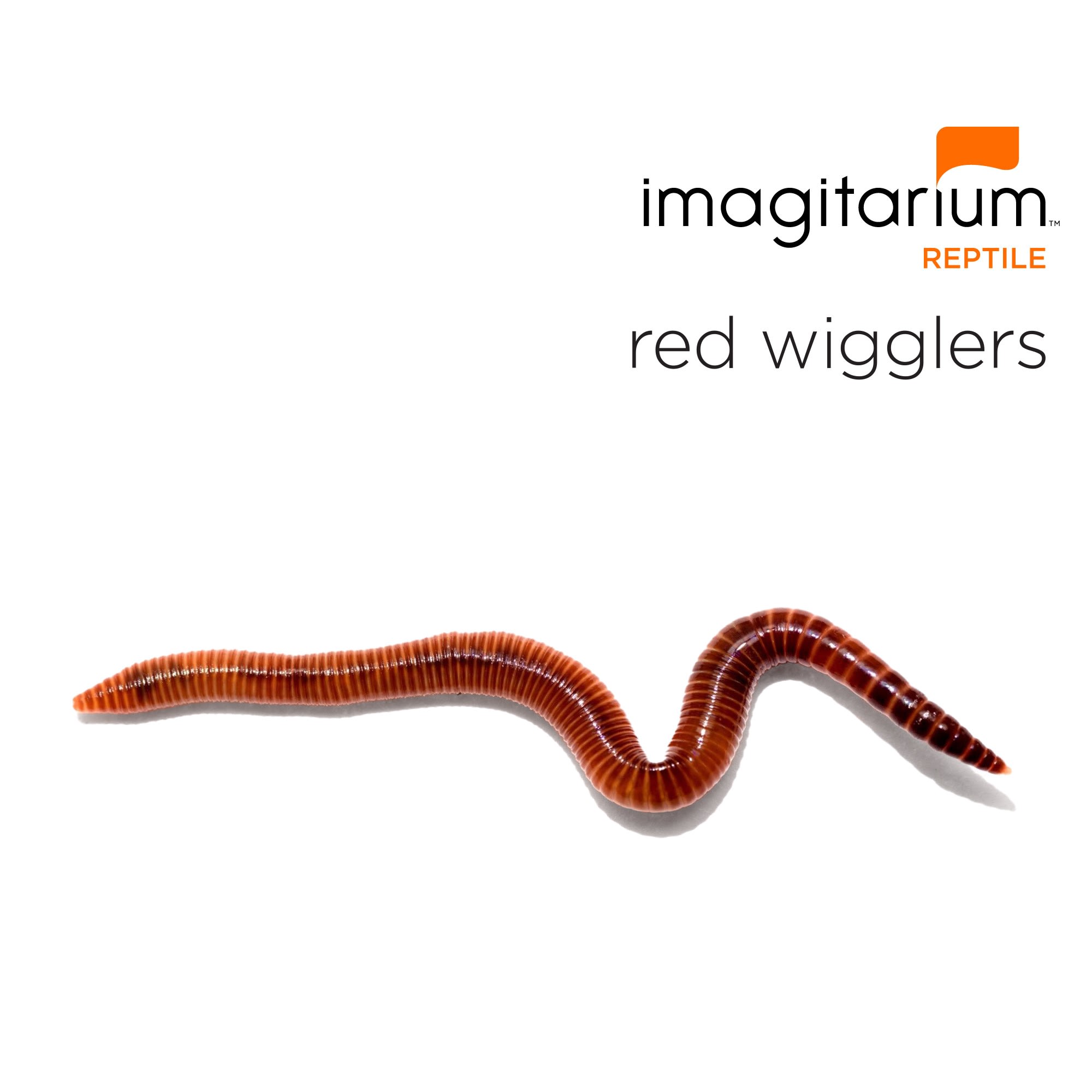The smart Trick of Red Wiggler Express That Nobody is Talking About
The smart Trick of Red Wiggler Express That Nobody is Talking About
Blog Article
The 4-Minute Rule for Red Wiggler Express
Table of Contents7 Simple Techniques For Red Wiggler ExpressNot known Facts About Red Wiggler Express7 Simple Techniques For Red Wiggler ExpressRed Wiggler Express - An OverviewThe Main Principles Of Red Wiggler Express
It's risk-free to claim this stuff would have been terrific to include as a to vermicomposting systems! And the thriving Red Worm populace? It just never ever happened. Even in the load that was set up straight in front of yard composters with existing Red Worm nests. Yet these nutritionally-boosted timber chip habitats are definitely packed with Lumbricus sp.
Lots of selections, consisting of Red Wigglers, European Nightcrawlers, and Lumbricus varieties were brought over from the European continent. Below's the thingNative or not - and as talented as they are at being able to survive in a wide-range of environments and conditions -. Simply put, they are even more most likely to hang out in any kind of energetic composting systems you have actually established up, than they are to roam off and start wrecking the setting.
Roots need oxygen for respiration and depend on smooth airflow within the dirt to flourish. When it rainfalls, dirt can come to be saturated with water, reducing the oxygen available and preventing vitamins and mineral absorption. To keep an optimum balance, the dirt needs to enable water to drain pipes properly, leaving sufficient area for air to support root health
What Does Red Wiggler Express Do?

When it comes to worms for composting, what comes to mind? If you were an earthworm breeder, dealership, or simple garden enthusiast, then you 'd know that red wiggler worms are the suitable worms for vermicomposting. To find out more regarding these planet marvels, gone through several of the red worm facts below.
(https://businesslistingplus.com/profile/rwigglerexnc/)Yet if they stretch their bodies, you'll be able to see the stripes on their skin. When raising worms such as red wiggler worms, you should be able to understand just how to profit them. When you have the ability to preserve and look after their environment well, and also feed them the ideal type of natural wastes, after that they'll be able to generate nutrient-packed and quality-rich worm castings for you (additionally called worm poop or garden compost).
Indicators on Red Wiggler Express You Should Know
What do worms eat? Well, these red wriggler worms can be fed with kitchen scraps and yard wastes.

This habits makes them appropriate for life in worm bins, compost heap, and various other constrained spaces where organic waste is bountiful. Creating an ideal atmosphere for red wigglers calls for a thoughtful technique. Take into consideration the following vital components to take care of red wigglers in your home and guarantee their health: Use a bed linen of shredded newspaper or cardboard.

Include a handful of dry, shredded newspaper if the container ends up being as well wet. Without a doubt, they do! Red wiggler worms reproduce by laying tiny, lemon-shaped eggs in protective cocoons. These cocoons are typically deposited in the bed linens and hatch right into child worms within a couple of weeks. The quick recreation cycle of red wigglers is among the reasons they are favored for vermicomposting.
The Buzz on Red Wiggler Express
Their versatility and strength have made them a popular selection for vermicomposting in different areas worldwide. Yes! They can survive from a range of 32F to 90F. They are extremely adaptable pests. Think about safety actions for really severe temperature levels such as: Protecting the worm container with layers of straw or leaves.

When dealing with your red wigglers it is necessary to bear in mind to: 1) K.I.S.S (Maintain it Simple) and 2) every little thing in small amounts. These guidelines put on feeding your compost worms, sprinkling your worm containers, and practically whatever else included in looking after them. Just keep in mind - you can always add even more food later on (but it's hard to get rid of feed once it's been included in a container!).
Since I fed the red wigglers and garden compost worms as well a lot, they weren't able to keep up and over time the older food went leftover and produced anaerobic problems that eliminated the worms. Below're the 6 golden regulations for exactly how often and just how much to feed your worms: Guideline # 1: Small amounts!
A Biased View of Red Wiggler Express
Leftover food will result in anaerobic problems that will certainly eliminate your real-time worms. It is ok to sprinkle a little of their original bed linen (which must currently remain in the container) over the food, but the food ought to never be buried and must be noticeable to your eye. Guideline # 5: See policy # 1! Policy # 6: After the very first feeding, feed the worms 1/3 to 1/2 of their weight.
Report this page